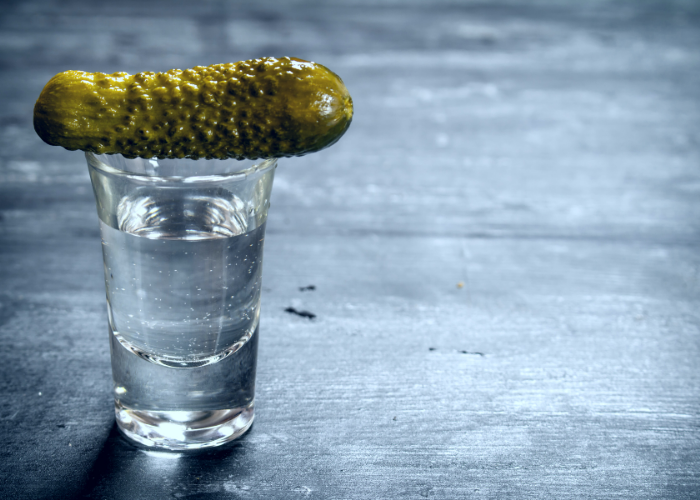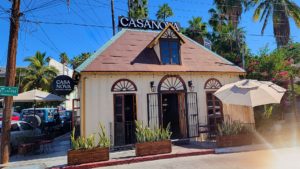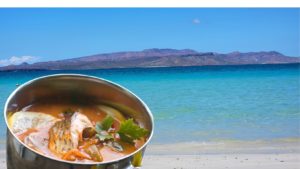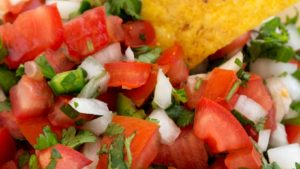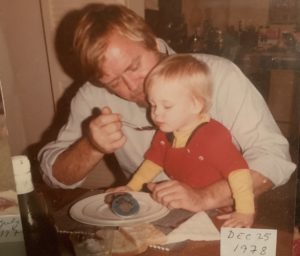Peter Piper picked a peck of pickled peppers; A peck of pickled peppers Peter Piper picked. If Peter Piper picked a peck of pickled peppers, Where’s the peck of pickled peppers Peter Piper picked?”
- “Peter Piper” by John Harris
Yeah, that’s what we’d like to know. Where’s that peck, Peter? What the pickled hell is a peck anyway? And is pickle cotton candy really a thing? (Yes.)
These are the kinds of questions that have us at The Hungry Herald all dilled-up and briny right now, because today, dear readers, is November 14th, National Pickle Day. So run to the fridge and grab that jar you forgot you had (don’t worry, the contents are most forgiving), strap yourself in, and let’s all take a ride together straight on down to Pickle Town.
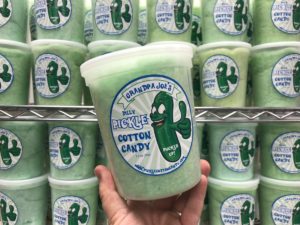
With the blessing of the delightfully named Pickle Packers International association, this day has been observed in the US on varying dates since 1949. There’s even a Pickle Week, involving a host of activities including mirthful yet retch-inducing pickle juice drinking contests. The festivities occur around the end of May so rest assured, we’ll see you again in the spring.
Although technically a US thing, as far as we’re concerned this pickle party should go super sonic. In fact, our enthusiasm is such that while working on this post, many crunchy “baby dills” were cheerfully consumed, so if you look real close you may see a pickle stain on your screen. Apologies.

PECKS AND IMPOSSIBLE PEPPERS
So before we get into the dill weeds, let’s get back to Peter. By the way, there will be a significant amount of verbal pickle play in this article, some of it half-assed, some of it hopefully mildly entertaining, all of it absolutely necessary. You’ve been warned, dill with it.
And now for the question you’ve always been too shy to ask or maybe didn’t even realize you wanted answered or maybe already know the answer to, in which case give yourself a well earned pat on the back. What is this “peck” that Peter Piper picks?
The American Heritage Dictionary of the English Language defines a peck as “a unit of dry volume or capacity in the US Customary System equal to 8 quarts or approximately 537.6 cubic inches”. Also known as a ¼ bushel. You’re welcome.
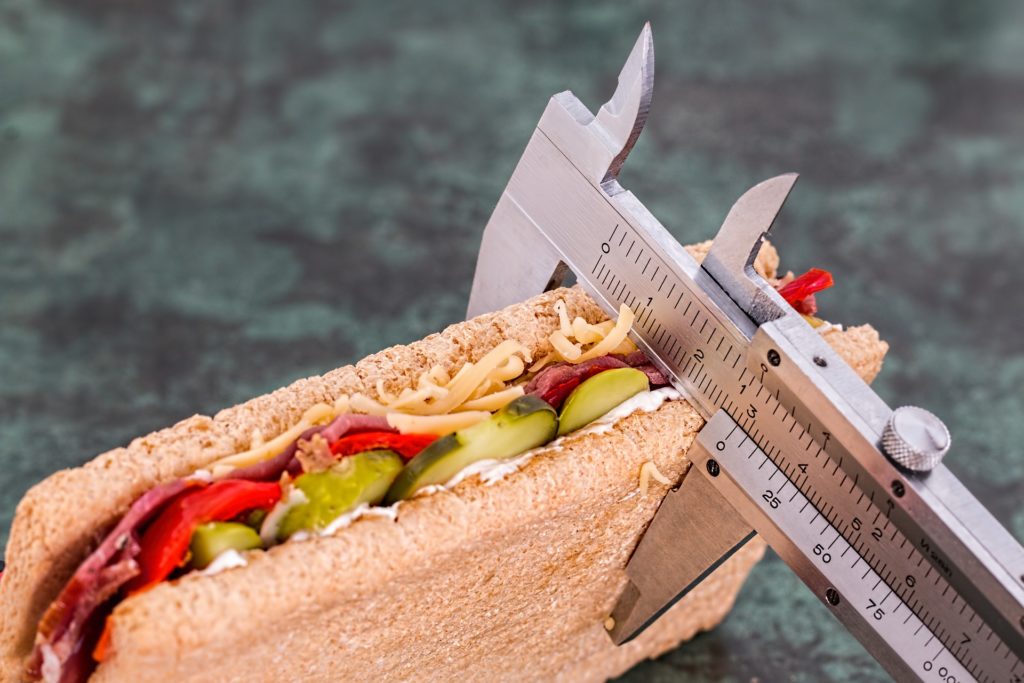
And as for the pickled peppers? Where in the world is Peter picking pre-pickled produce? That’s some seriously revolutionary horticulture. If for real, by skipping the pickling process entirely, Peter’s business model would have left the likes of Bicks, Vlasic and Heinz in the dust long ago. So yeah, still waiting for proof of that peck. Ok, lest we get overly peckish and peter out, let’s move things along.
IT’S BRINE TIME
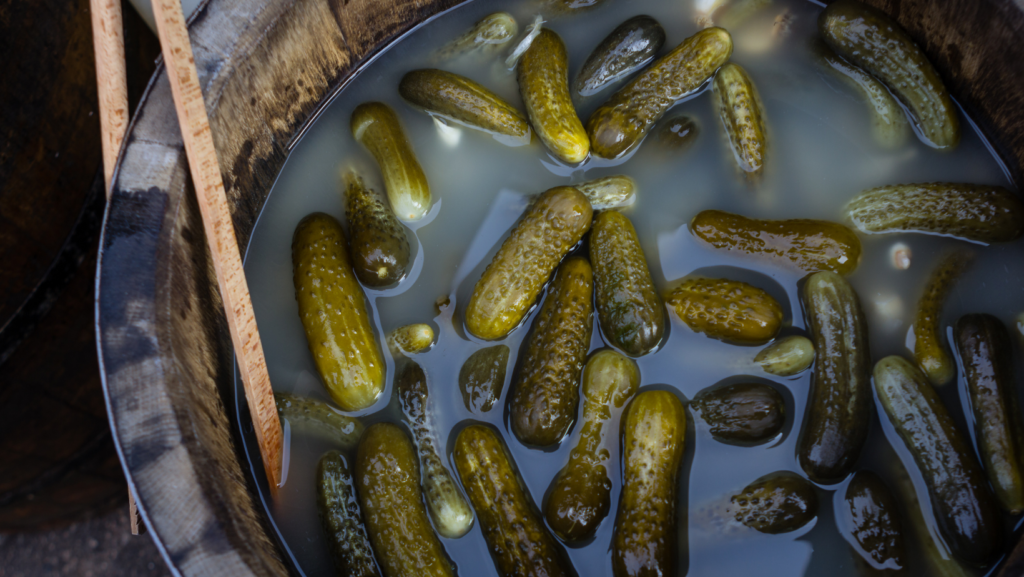
From the Middle Dutch pekel meaning “brine”, or the related German pökel, the word pickle has that special semantic distinction of referring to both verb and noun, the process and the thing being processed. So what’s involved in pickling a pickle and how long have we been doing it?
The virtues of pickling as a means to preserve food were recognised way back; the method most likely originated in ancient Mesopotamia, circa 2400 BC. The poster child of all things pickled, the cucumber, made its debut in India and its pickling can be traced to the Tigris Valley, around 2030 BC.
Simply put, pickling is preserving food by virtue of immersion in either a vinegar-based solution or a brine, although a food with a high water content can be pickled with the simple addition of salt.

On the one hand we have vinegar. Its acetic acid content ensures that any microbes that can cause spoilage are given no chance at survival as bacteria want absolutely nothing to do with highly acidic environments. When it comes to pickling, we’re generally talking a pH of less than 4.5, so pucker up buttercup.
On the other hand, we have brine. In generously salted water, the acids that preserve the food in question are generated by beneficial bacteria in a process known as lacto-fermentation. Lactobacillus bacteria eat away at carbohydrates on the surface of whatever you place in the brine, resulting in the production of lactic acid. This makes the salty water progressively acidic, again bad news for bad bacteria. And good news for not only the shelf life of your favourite veggie but also for your gut. The beneficial bacteria involved contain all kinds of health-promoting goodies.
The addition of spices and aromatics like garlic, mustard seeds, cloves and even cinnamon to solutions was adopted early on in pickling history as they in turn boast antimicrobial properties, aiding in the overall goal of tasty preservation. Dill, also antimicrobial and with a very rich history (it’s been found in Ancient Egyptian tombs), would eventually become such a friend to the pickle as to be almost synonymous with it.
THE PICKLE FAIRY AND A FUN FACT
There are, of course, too many pickled delights out there to count. Old-school Hungarian pickles fermented in the sun, tarragon-infused French cornichons, vibrant Middle Eastern pickled turnips, Japanese gari, or pickled ginger, the preserved lemons of Morocco known as l’hamd markad, Indian pickled mango and the beautiful Italian medley that is giardiniera, just to name a few.
Indeed, the Pickle Fairy (trademark pending) has an extensive and diversified portfolio, sprinkling her pickle dust on a vast array of potential foodstuffs, however our discussion will be focused on, but not limited to, the cucumber. That being said, please keep in mind all the wonders of the pickleverse as we continue, from herring to kimchi, to sauerkraut to the tavern egg.
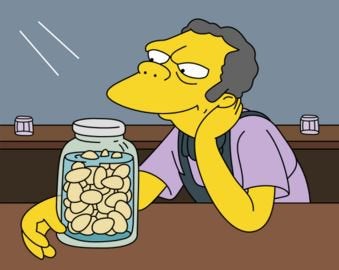
Fun fact while we’re here: although undeniably an all-star of German cuisine, sauerkraut is said to have originated in China. Over 2000 years ago, workers on the Great Wall regularly ate a dish known as suan cai (酸菜), or “sour vegetable”, made of sliced cabbage that had been fermented in rice wine. The practice eventually found its way to Europe courtesy of the Tatars, who ditched the wine for salt, but it wasn’t until the 16th century that this approach to cabbage would become firmly adopted in the West.
PICKLE NAME DROP
So it turns out that any discussion of pickles and pickling is an unexpected exercise in name dropping. We’re talking big names. Aristotle, Cleopatra, Julius Caesar, Napoleon, Columbus, Vespucci, Queen Elizabeth I, Shakespeare, George Washington, Matthew McConaughey. Each and every one of them, tickled pickle. With respect to that last one, his Instagram profile features “Pickle Expert” among other things as a descriptor, although there is scant evidence to support such a claim. Whatever the case, his enthusiasm is alright, alright, alright with us.
A GLITZY WHO’S WHO OF THE PICKLED KIND
Herodotus, known as “The Father of History”, wrote in the 5th century BC of how the ancient Egyptians ate fish that was preserved in brine. Aristotle was a big fan of the nutritional benefits and healing potential of pickles and advocated for their inclusion in a healthy diet.
Cleopatra is said to have been convinced of the health and beauty-promoting qualities of pickled cucumbers, while Julius Caesar, among other Roman emperors, fed pickles to his troops in the interests of enhancing their strength and prowess on the battlefield.
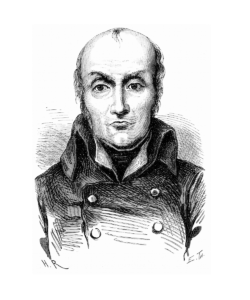
Centuries later, Napoleon, who also had a relish for pickles, would offer up 12 000 francs (around $250 000 today) to anyone who could come up with a safe, reliable way to preserve rations, pickled or otherwise, so that he could keep his troops munching and crunching their way to victory. The winner, a chef, confectioner and inventor by the name of Nicolas Appert, discovered that foods sealed in an airtight container and then immersed in boiling water for several hours would not decompose. He ultimately became known as “The Father of Canning”.
Another famous general, George Washington, was decidedly pickle-keen as well. Legend has it that his interest in pickling led him to amass a collection of 476 varieties of cucumbers in his gardens for that purpose, although this number seems a little wild to us… If you can confirm this, feel free to let us know.
AMERICA'S CHANDLER
Rewind a little. During the age of exploration, pickled foods were an absolute must, not only for preventing the scourge that was scurvy on trans-Atlantic voyages, but for bestowing nutritional benefits that dried foods alone could not.
Amerigo Vespucci, before he set off to explore in his own right, worked as a ship chandler for a time, stocking ships with supplies and essentials including a variety of pickled products. American essayist and transcendentalist Ralph Waldo Emerson — who was famously irked by Vespucci’s legacy, namely that the Americas were named after him — derisively described him centuries later as “the pickle-dealer at Seville”. Emerson’s frustrations aside, pickle mongers like Vespucci were indispensable in helping keep crews alive on these initial voyages.

Thus, explorers like Christopher Columbus — who Vespucci supplied on his later trips — never left port without filling their holds with pickles when possible. They were so valued that Columbus reportedly grew cucumbers on a stopover in Haiti during one of his voyages in order to have a fresh supply of pickles before continuing on. This was the cucumber’s port of entry into the New World.
HOW WE GOT IN A PICKLE
The list of pickle people doesn’t end there. Queen Elizabeth I was apparently a big fan and while she was snacking away, Shakespeare was flavouring his plays with well fermented little references. The Bard, the inventor of more commonly used expressions in the English language than you can shake a pickle spear at (sorry, had to), is widely credited with coming up with the phrase “in a pickle”, as in being in a difficult situation. In its original occurrence however, the phrase had more to do with being piss drunk than finding oneself in a bind.
In The Tempest, King Alonso’s butler Stephano and his jester Trinculo are shipwrecked and have been drinking non-stop from a barrel of wine that Stephano had previously clung to for dear life. Later, when they find themselves with Alonso, the king notices how shit-faced his jester is and asks him straight up:
“How came’st thou in this pickle?”
The reply:
“I have been in such a pickle since I saw you last that, I fear me, I will never out of my bones. I shall not fear flyblowing.”
In other words, he’s so pickled with booze that even when he dies the maggots won’t want anything to do with him. He’ll be preserved just fine, thank you very much.

SAD PICKLES
The expression would soon take on increasingly negative connotations, referring to any difficult situation one might find oneself in. Famed diarist Samuel Pepys complained to his diary in 1660 that he was “at home with the workmen all the afternoon, our house being in a most sad pickle.”
Lord Byron would later echo this sentiment in his own way in Don Juan:
“The Turkish batteries thrash’d them like a flail, Or a good boxer, into a sad pickle.”
The downright unpleasant feelings conjured by the Dutch idiom in de pekel zitten, meaning “to sit in the pickle brine”, undoubtedly contributed to the souring of the phrase. Incidentally, in baseball, if you’re “in a pickle” you’re caught between two bases and your ass is ripe for tagging out.
That such a beloved thing as the pickle should end up the main player in an expression about hard times is most unfortunate and undeserved, but, whaddya gonna do.
STREET BARRELS AND THE KOSHER DILL
In the 1650’s, Dutch farmers around the area that is Brooklyn today began growing cucumbers on a large scale. These were then sold to dealers who pickled them in barrels and then sold them right on the street.
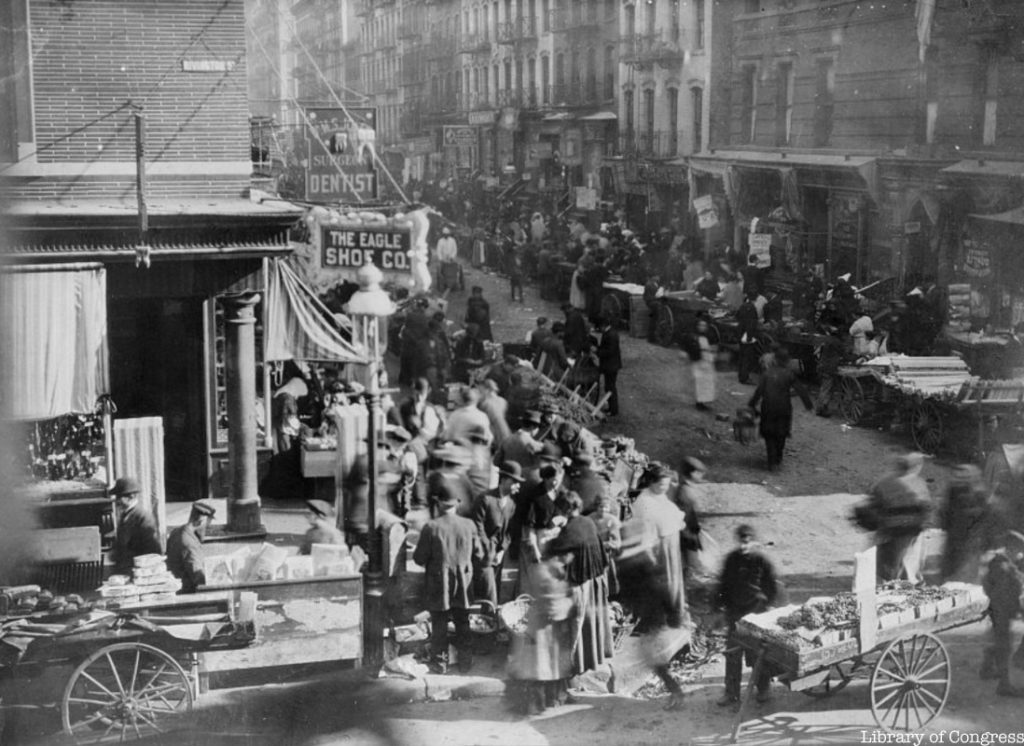
In the 19th and early 20th centuries, large numbers of Ashkenazi Jews immigrated to New York City from Eastern Europe, where pickled vegetables had been a valued dietary staple for generations. With them they brought a traditional knack for pickling. Their “pickle de résistance” was the kosher dill, a cucumber fermented in brine loaded with dill and garlic. These days the kosher dill is indeed often kosher, however this is not always the case. Rather, the term has come to signify a pickle done in the traditional style of Jewish New York City pickle makers, aka the classic deli pickle. Whatever you do, don’t skip the garlic.
These beauties were sold from pushcarts in neighbourhoods all over the Lower East Side for next to nothing. At one point, there were said to be over 80 pickle vendors on Essex Street, earning it the nickname “Pickle Alley”, and over 200 vendors across the city as a whole. This early market stall scene was the beginning of New York City’s claim to deli pickle fame.
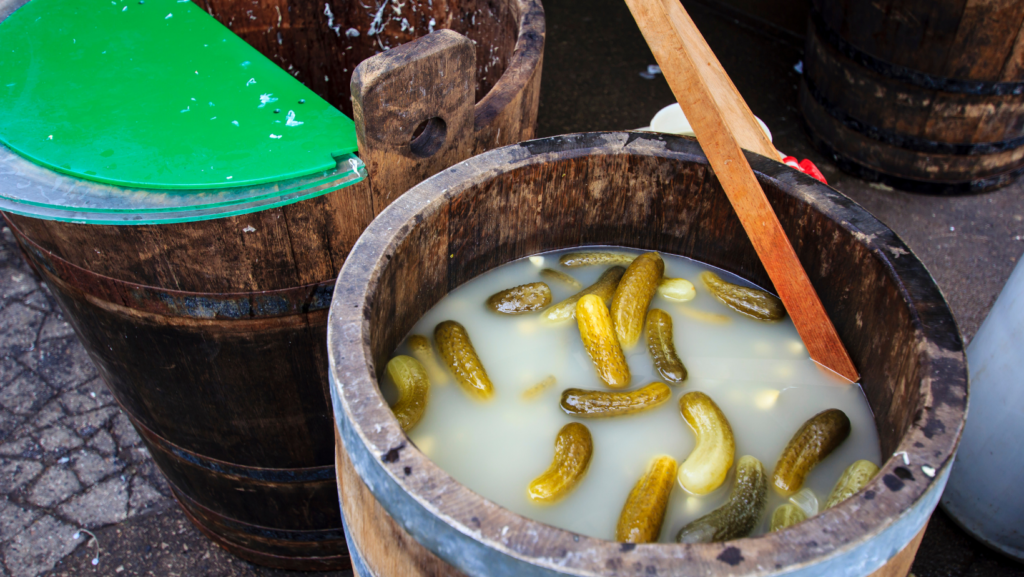
WHAT’S IN A JAR?
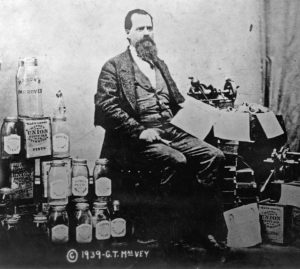
While pickle purveyors were popping up all over, certain innovations on the receptacle front would push the pickle cart further. In 1851 a Scottish chemist named James Young invented paraffin wax, the better to seal jars with and to thwart the spread of botulism. Not long after, in 1858, John L. Mason (you know where this is going) developed and patented the Mason jar. These puppies were made of heavyweight glass that could tolerate the high temperatures involved in commercial pickle processing. Love those things.
ENTER THE HEINZ
The H.J. (as in Henry John) Heinz Company was founded in 1869, their very first product being horseradish, followed by ketchup, then apple butter, pepper sauce and so forth, eventually leading to 57 varieties? Not quite, but nor far off. The 57 was apparently a marketing ploy and a number that Mr. Heinz came up with by sticking his and his wife’s favourite numbers together. He was also curious about the potential psychological effect that the number 7 might have on consumer behaviour. The company eventually found itself selling more than 57 products, nevertheless they stuck with the number because, well, it just worked.
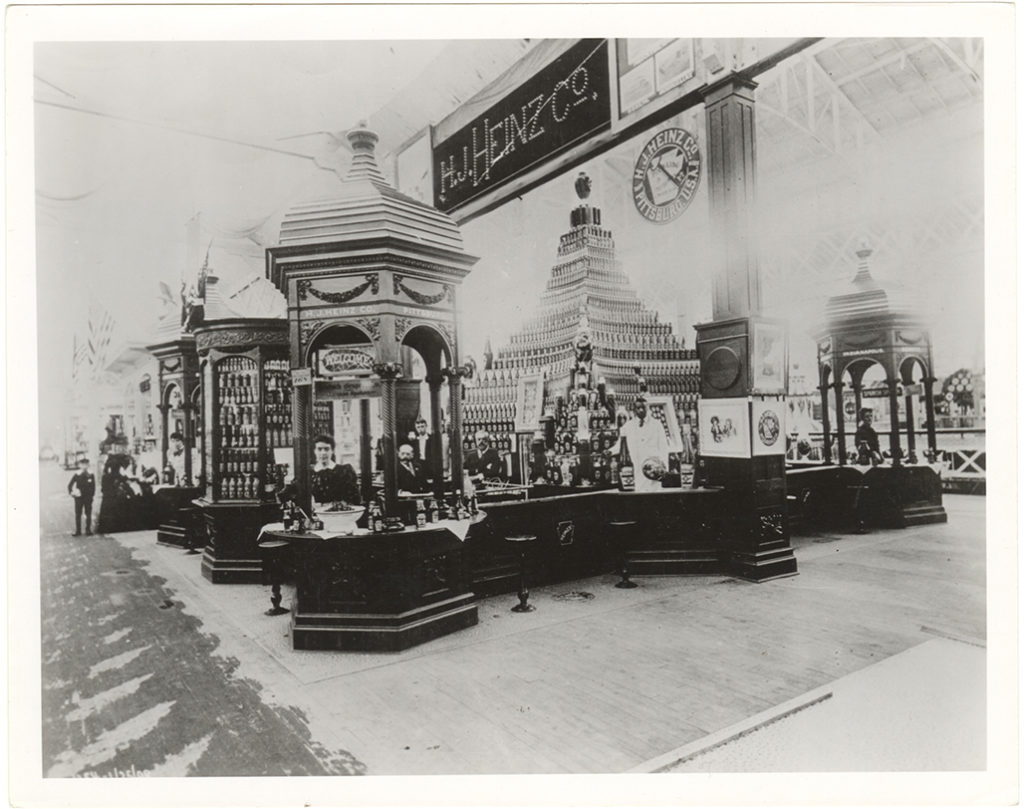
At the 1893 Chicago World’s Fair, H.J. “The Pickle King” Heinz sent out some local boys to lure patrons with tokens announcing a mysterious free gift if they went to his out-of-the-way booth to sample his goods. The gift was a free “pickle pin” and by fair’s end, approximately 1 million of the things had been distributed, a marketing strategy that would go down as one of the most successful in U.S. history.
VLASIC, THE PICKLE STORK AND SOME JOKES
Heinz had the pickle market cornered up until the 1970’s when a new kid on the block brought out some pretty big advertising guns. The Vlasic company launched a campaign wherein a cartoon stork who talks like Groucho Marx — complete with a pickle cigar — delivers pickles instead of babies. The ads tapped into the notion that pregnant women crave pickles and their slogan at one point couldn’t have been more clear: “The pickle pregnant women crave.” These and other advertisements featuring the stork apparently worked like a charm, in fact he remains the Vlasic mascot to this day.
GET YOUR PICKLE ON AND TUNE IN NEXT TIME
Yes, Big Pickle is everywhere, but there are some pretty great things going on on the artisanal front these days. Check out the outstanding pickle packers straight outta Brooklyn known as Brooklyn Brine to get an idea of what’s out there.
We’ve merely chipped away at the very tip of the pickleberg, but you might already be in possession of more information than Matthew McConaughey at this point. There’s really no way to know. That being said, we invite you to celebrate National Pickle Day whichever way you choose. Go hog wild at your local deli, kick back with kimchi, gulp down some gherkins, stick one on a stick then deep fry dip it, kool down with a Koolickle or just vodka pickle shoot your way to big briny bliss. Do what you gotta do, you choose pickle dude.
Please check out our follow-up post: a Hungry Herald-chauffeured, fun fact-filled trip through the often surprising underbrine of Pickle Town. See y’all real soon.
